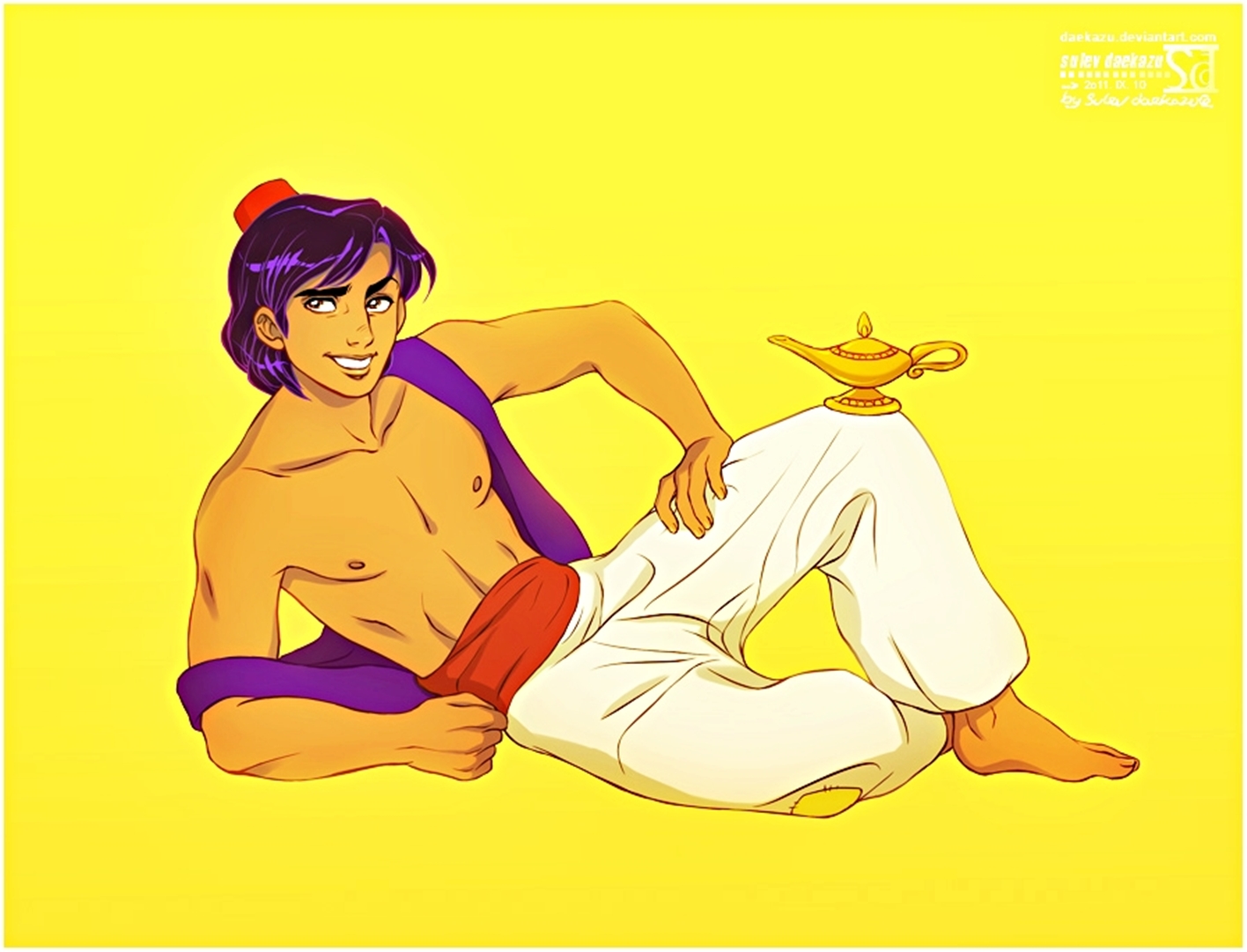Reading Eco and Dorfman make all of my VHS tapes of Aladdin and Hercules feel dirty and wrong. The theorists take my nostalgia of
long car rides with a mini-TV watching Disney movies and turn into shame.
Nevertheless, they both are incredibly right with the hegemonic aspects of the
films and develop Baudrillard and Zizek’s notions of hyperreality and the
questioning of what we can see as real.
Eco notes how America is different from other countries as
we have “cities that imitate a city” (Eco 200). From cities as big as Las Vegas
to as small as Celebration
, we, as a society, seek to take emotions and ideas
and turn them into a faux-reality. For his piece, Eco uses the quintessential
artificial city, Disney Land (or World). Eco states that “Disneyland is more
hyperrealistic than the wax museum” (202). Spots like Main Street come off as a
standard American fixture with boutique (but overpriced) shops and friendly
faces as if every Main Street in America is flooded with smiles and a sturdy
economy. Even areas like Tomorrowland appear as just a standard city with a few
modernist architectural aspects. He further delves into the artificiality of
utilizing robots or animatronic figures for their shows not just because they
are cheaper and more manageable than people, but they add to the fabricated
reality aura that Disney provides (Interesting unknown fact: the intense
humidity in the It’s a Small World Ride causes the hair on the little robot
kids to grow so once a month, hairstylists actually come in and do their hair
like they are real people).
Dorfman probes the more universal aspect of Disney, movies.
As Ruqayyah mentioned in an earlier post, there are very few people, not just
children, people that do not know Disney. Whether it is a child from a huge
area like Tokyo or an adult living in a small town in Wisconsin, Disney is one
of the most universal facets of global culture. Disney is also well aware of
its influence. As Dorfman says “Disney thus establishes a moral background
which draws the child down the proper ethical and aesthetic path…to attack
Disney is to reject the unquestioned stereotype of the child, sanctified as the
law in the name of the immutable human condition” (Dorfman 111). The films and
characters become more than just media texts, they are cultural fixtures of
modern society. Having said that, I still want to be Aladdin and there is no
theorist with a PhD to tell me that it is not cool to want to be a hero.

No comments:
Post a Comment